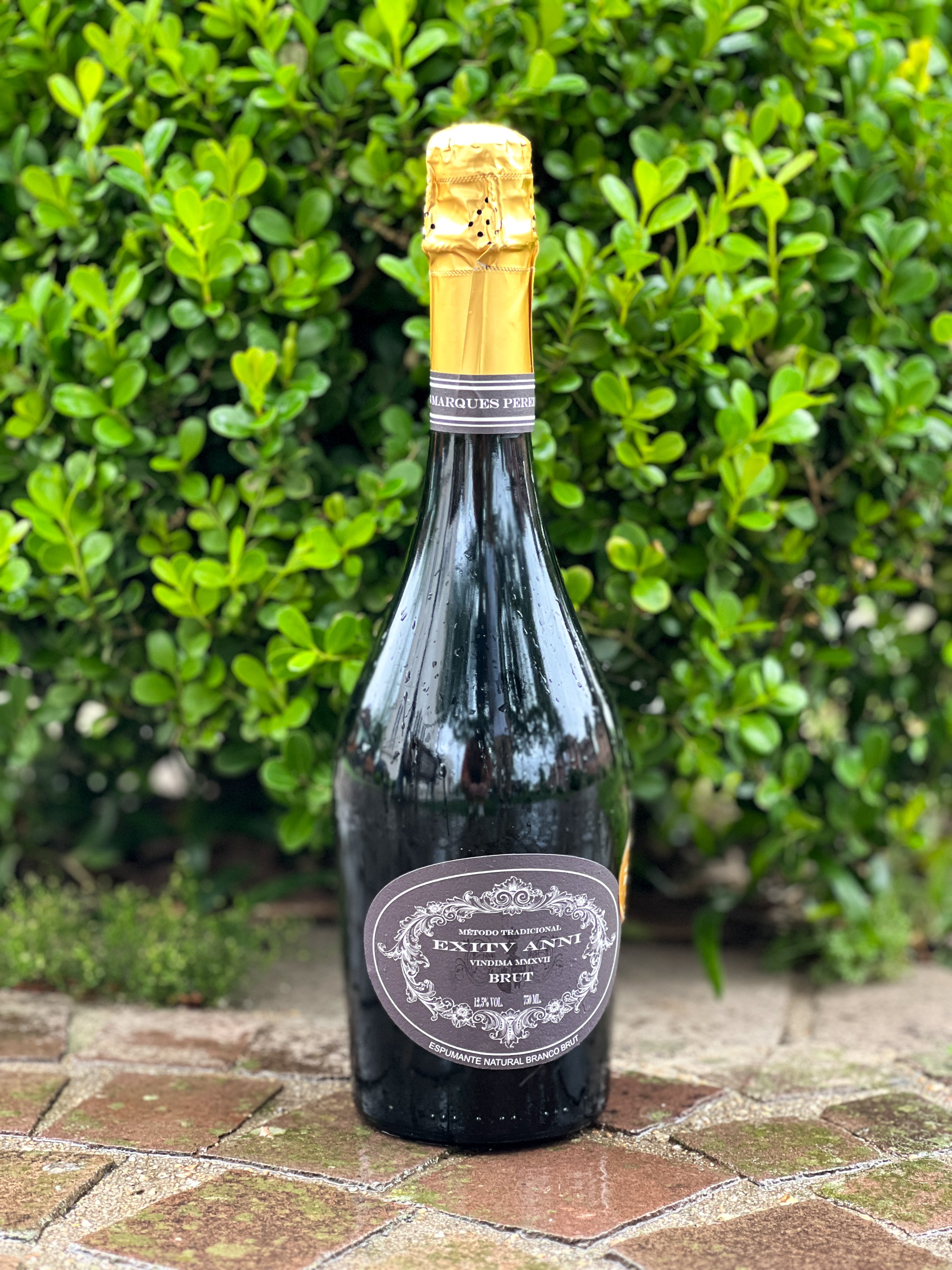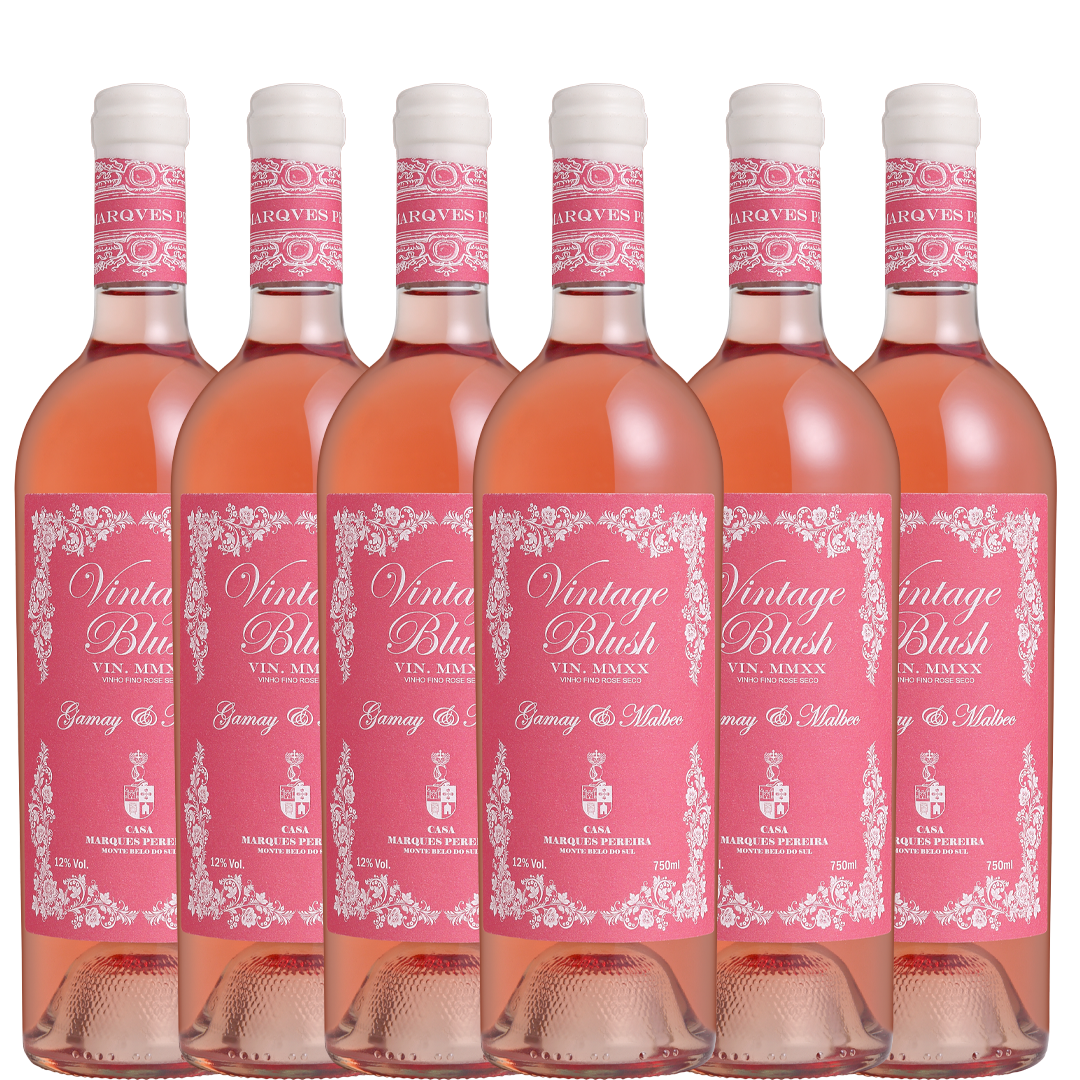Get to Know Your Wine: Chardonnay
One of the world's most popular and versatile grapes, grown in virtually every wine-growing region, it has won over thousands of admirers. Let's talk a little about this inexorable darling of white grapes.
Refreshing, fragrant, full-bodied, light, intense, long-lasting… How can we use such contrasting characteristics to describe wines made from the same grape? Perhaps only the adaptability of this extraordinary variety is as broad as its range of adjectives. For its admirers, it is no surprise that Chardonnay and its wines are the definitive image that comes to mind when we talk about white grapes.
Its unparalleled ability to adapt to the most varied climates and terrains has allowed this grape variety to spread rapidly throughout the world, covering thousands of hectares from its French origins to New Zealand, from England to Brazil. The "noble daughter" of Burgundy is cultivated in more regions than any other variety, white or red. The road to its current status was far from easy; it has been both adored and hated, having been labeled both queen and villain by the most traditional wine-growing communities, all due to its versatility and broad expressive power.
Where did the Chardonnay grape originate?
Chardonnay is a French word derived from the Latin Cardonnacum , which literally means "covered with thistles ," the name given to a small commune in the Mâconnais region of eastern Burgundy, France. The village lent its name to the noble white grape that to this day dominates the gentle hills covered with vines laden with grapes with green skins and light golden hues.
Its history is very old and it has been a protagonist in its homeland for almost a thousand years, making its true origin a mystery until modern times. For many years, this variety's lineage was linked to Pinot Blanc, Pinot Noir, and even the Muscat grape family. Only in the late 1990s did scientists at the University of California decipher the variety's genetic map, revealing that Chardonnay is a direct descendant of the spontaneous crossing between Pinot Noir and Gouais Blanc grapes, a virtually extinct variety.
During the Middle Ages, the Pinot Noir grape was considered high quality but very delicate to cultivate due to its low productivity; its fruits and wines were reserved for the upper class, very different from the modest Gouais Blanc, which, due to its great resistance, produced much better and was the choice of the humbler classes. This curious crossbreeding between two such distant varieties is, in fact, the secret to the success of Chardonnay; the variety of genetic material made the fruit extremely resistant and adaptable, while maintaining the characteristics of finesse and delicacy of Pinot Noir.
The Rise (and Fall) of the Queen of Whites
The productivity and quality characteristics of the Chardonnay grape quickly made it the preferred choice of many winegrowers in the Burgundy region. From the 14th century onwards, this variety took over production areas and was modified through several generations, adapting to each microclimate and terroir, producing different and intriguing wines. In this same region, another remarkable event in oenological history took place, elevating the Chardonnay grape to royal status. It was there that, for the first time, a Chardonnay wine was combined with a Pinot Noir to create a sparkling wine, later becoming the basis for the conception of the acclaimed French Champagnes.
This immense capacity has propelled the Chardonnay grape to all wine-producing regions of the world. For many, its cultivation is considered a gateway to the global wine market. This diffusion made this grape variety one of the most popular until the 1980s, with the great "boom" in wine consumption. The increase in consumption forced the creation of large companies capable of producing many liters of wine, but this would have an inevitable consequence: less care in the production process. The ease of cultivating Chardonnay made it an obvious target for mass production, and consequently, many consumers noticed the decline in quality of the more affordable bottles, with generic characteristics and lacking the grape's profile. In the early 1990s, Chardonnay suffered a decline in popularity, but its true capabilities kept it firmly in the market, until it recovered its regular glory and reassumed its leading role with over 200,000 hectares planted around the globe.
Notes and Harmonization
In summary, Chardonnay is what every winemaker dreams of: an extremely versatile and elegant grape with distinctive aromas and flavors and excellent acidity. All this potential makes describing the wine a bit more complex, requiring further knowledge of the terroir where it is grown and the winemaking methods.
General Characteristics: In general, Chardonnay wines are described as dry, medium-bodied , with good acidity and an alcohol potential between 11 and 14% by volume. They are very adaptable to aging in oak barrels , resulting in characteristics very different from the original, with increased volume, persistence, and aging potential .
Notes and Service: Chardonnay wines have a vibrant color that varies from straw yellow for younger wines to bright gold for more mature wines aged in oak barrels. Aromas also vary, ranging from the original citrus notes of the fruit, with hints of green apple, lemon peel, peach, and honey , to buttery notes, stewed fruit, almonds, and vanilla with oak aging. It is best to use glasses that enhance the concentration of aromas, such as the Burgundy style . The temperature should be between 8 and 12°C, increasing according to the style of the wine (from the youngest and lightest to the most oaky).
Pairing: Younger Chardonnays that haven't been aged in oak barrels pair very well with delicate dishes such as ceviche, salads, and seafood in general . Examples of this variety that have been aged in oak barrels can combine their buttery flavors with more intensely flavored dishes such as cod, pork cuts, and risottos .
Discover our Chardonnays:


















